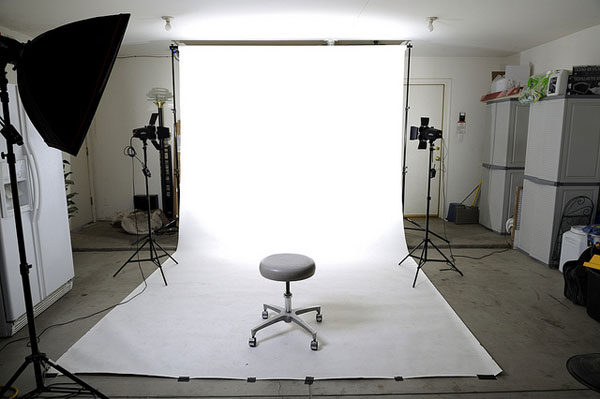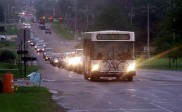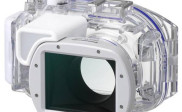Planning a Home-Based Photography Studio
With the rise in technology and the wide-spread use of the Internet, it’s common to find photographers starting home based businesses and eventually, having a spare room converted into a studio. Fortunately, where amateur photographers and professional photographers are concerned, home studios are exceptionally useful for both. If you’re looking to build a home photography studio, there are a few things you should examine first.

Photo by Halcyphilia
1.Define your purpose: Before starting your first studio, you first need to decide whether the studio is for your personal work or if it’s to help generate profits. Typical for running a business out of one’s home, you may need credentials or a business license for it to be performing legally. Additionally, if the studio is meant for professional reasons, you should consider things from a client’s perspective.

Photo by SAMLIM
2. Pick a Spacious Place: Both hobby and professional photographers should try finding a large space for a studio. Although bedrooms might be a good idea, generally you want to think larger, like a garage. Of course, depending on the nature of your subjects you will determine how large a studio you might need, but always add a little more space. If you’re a professional photographer, you may have several people in the studio at a single time, so there needs to be ample room for everyone to be comfortable, including your subject. Additionally, it may be a good idea to pick a place that has plenty of electrical outlets for your equipment.

Photo by Keeks-Demon
3.Paint: Once you’ve decided where you’d like to set up your photography studio, start with a nice clean coat of paint, before you begin to move things around. Most commonly, photographers paint the walls a nice white or neutral color since it won’t add reflected tones to the photographs. Some even find that the neutral paint will serve as a great backdrop.

Photo by toolboxluis
4.Backdrops: Almost all studios have backdrops. So, a home-based photography studio is no exception. It’s very likely that you’ll end up using backdrops 99% of the time, so installing backdrops and backdrop support is more than a fantastic idea, it’s crucial. You’ll be able to put your subjects in front of to vary your backgrounds depending on your subject and your needs.

Photo by Illusive Photography
5. Lighting: Lighting is a crucial element in all aspects of photography. Thus, making sure you are aware of all windows, artificial light and have additional lighting is necessary. Two specific areas will need additional lighting. Those are your subject and the background. Most photography supply stores have lighting kits that you can simply plug in to your home electricity system. Other lighting systems are battery operated, which may be a good idea to invest in if you plan on doing any location-based photography sessions. Along with your lighting, you’ll also need to purchase other accessories such as flags, modifiers, soft boxes, umbrellas, and reflectors.

Photo by HoneyMoon16
6.Back up cameras: This is mainly for those who are using their home studio as a home based business. If you have clients coming in consistently, you can’t always rely on the technology of your camera. They can malfunction, so investing in a backup is wise.

Photo by rainbowoff
7.Computer: If you’re planning on doing any editing, a computer and reliable software and hardware is a good touch to your photography studio. Your software and hardware requirements only need to reflect what you plan to do. Some people like Photoshop, others may only want the simple Windows Live Preview. You may also want to invest in an external hard drive for extra space. If you’re shooting film, you may want to purchase a scanner to convert the photos to a digital format in your studio.
These tips are just a few basics to help you get started building a home photography studio. If you’ve built one in the past, what you would you say helps to plan out a studio?



